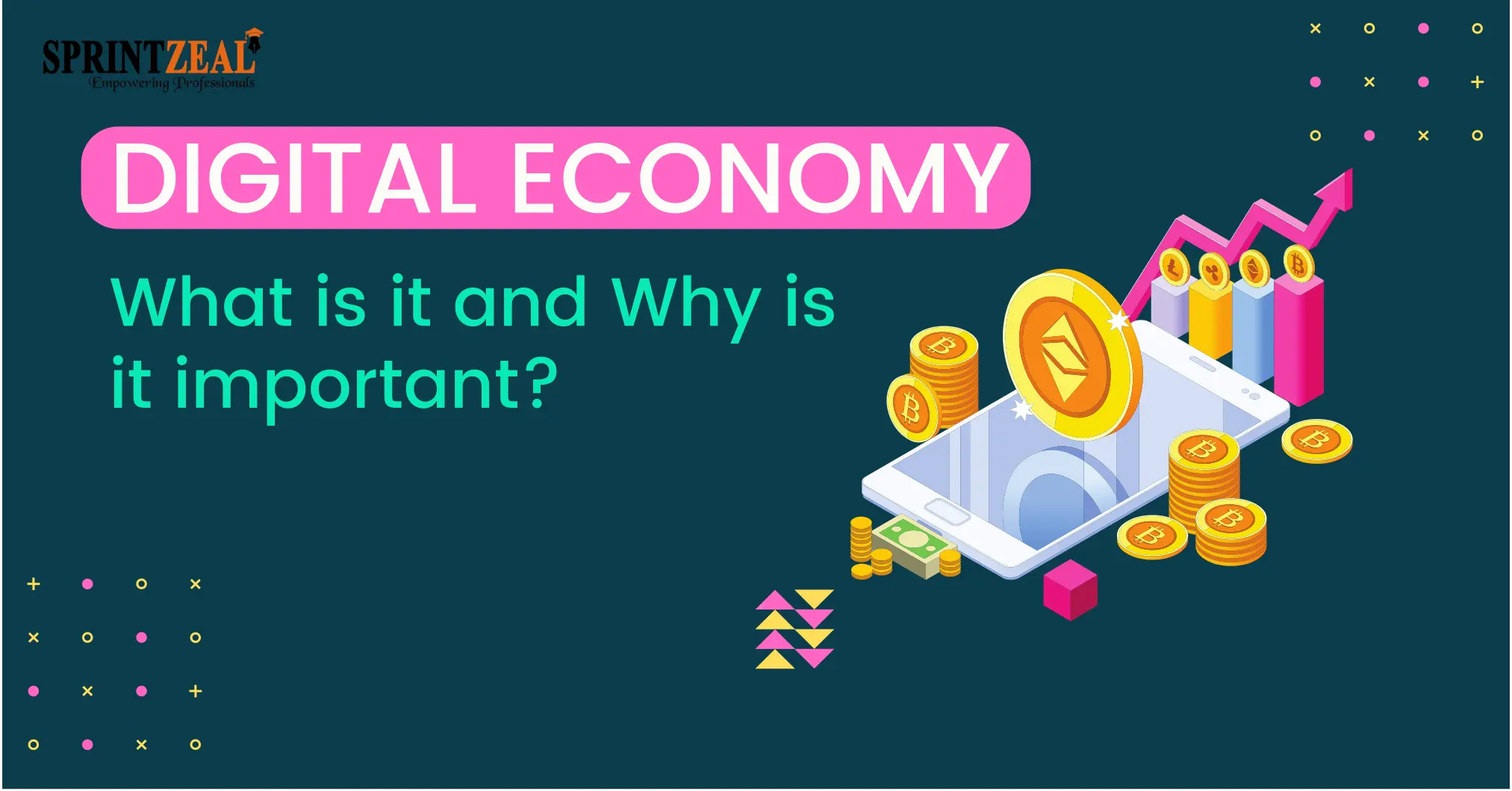In today’s rapidly evolving world, the digital economy stands as a pivotal force reshaping industries, societies, and global interactions. Rooted in the integration of digital computing technologies into economic activities, this new economy transcends traditional boundaries, fostering innovation and connectivity on an unprecedented scale.
Princess Royal Parcel Hub
Defining the Digital Economy
The digital economy encompasses all economic activities resulting from billions of daily online interactions among individuals, businesses, and devices. It leverages the internet, mobile technology, and digital platforms to facilitate the production, distribution, and consumption of goods and services. This paradigm shift has introduced terms such as e-business, e-commerce, and hyperconnectivity, each highlighting different facets of the digital transformation.
Key Features of the Digital Economy
- Mobility of Intangibles: The digital economy thrives on intangible assets like software, data, and intellectual property. Investments in these areas have become central to value creation, with companies allocating substantial capital to technology and branding over physical assets.
- Reliance on Data: Data serves as the lifeblood of the digital economy. The collection and analysis of personal and organizational data enable businesses to tailor services, enhance decision-making, and innovate. The economic value of data is evident, with estimates suggesting that personal data collected in Europe was worth €315 billion in 2011.
- Network Effects: The value of digital platforms often increases with the number of users. This phenomenon, known as the network effect, implies that as more individuals or entities participate in a platform, its utility and attractiveness grow exponentially.
- Multi-sided Markets: Digital platforms frequently operate as multi-sided markets, connecting different user groups. For instance, social media platforms link users with advertisers, creating ecosystems where decisions by one group impact the experiences of others.
The Role of Digital Infrastructure
A robust digital infrastructure underpins the digital economy, comprising:
- Cloud Computing: Offers scalable resources, enabling businesses to access computing power and storage on demand, reducing costs and enhancing flexibility.
- Payment and Financial Technologies: Modern payment systems facilitate seamless transactions across borders, supporting the global nature of digital commerce.
- Data Analytics and Algorithms: Advanced analytics and machine learning algorithms process vast datasets, driving insights and automating processes that enhance efficiency and customer satisfaction.
Global Perspectives on the Digital Economy
The impact of the digital economy varies across regions:
- Europe: The digital sector significantly contributes to economic growth. In Spain, for example, the technology sector generated €122.066 billion in 2022, representing 22.6% of the GDP.
- Asia: Countries like China are expanding digital initiatives to stimulate economic growth. Recent measures include subsidies for digital products to boost household spending.
- Caribbean: Smaller nations are also benefiting. Anguilla, for instance, has experienced economic gains by capitalizing on the demand for .ai domain names, aligning with the rise of artificial intelligence.
Challenges and Considerations
Despite its advantages, the digital economy presents challenges:
- Digital Divide: A significant portion of the global population remains unconnected, exacerbating inequalities. Efforts are underway to bridge this gap and ensure inclusive access to digital opportunities.
- Regulatory Frameworks: The rapid pace of digital innovation often outstrips existing regulations, necessitating updated policies to address issues like data privacy, cybersecurity, and fair competition.
- Economic Disparities: While the digital economy offers growth opportunities, it can also lead to economic disparities, particularly between regions with varying levels of digital infrastructure and skills.
Future Outlook
The digital economy is poised for continued expansion, with projections indicating that digital technologies will comprise a substantial portion of the global economy in the coming years. Innovations in artificial intelligence, blockchain, and the Internet of Things are set to further transform economic activities, making adaptability and continuous learning essential for businesses and individuals alike.
Digital Economy and Its Components
Conclusion
The digital economy represents a transformative shift in how economic activities are conducted, offering unprecedented opportunities for innovation, efficiency, and global connectivity. Understanding its key features, infrastructure, and challenges is crucial for stakeholders aiming to navigate and succeed in this dynamic landscape. As the digital economy continues to evolve, embracing its potential while addressing its challenges will be vital for sustainable and inclusive growth.



